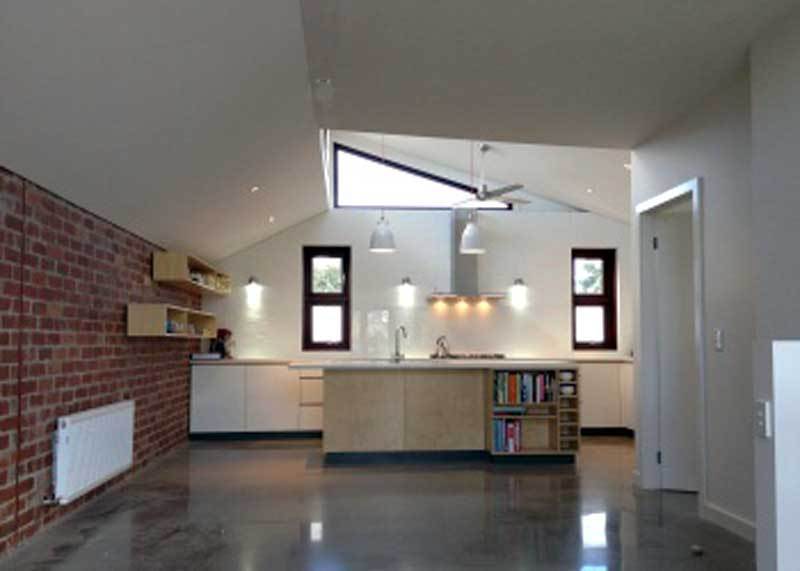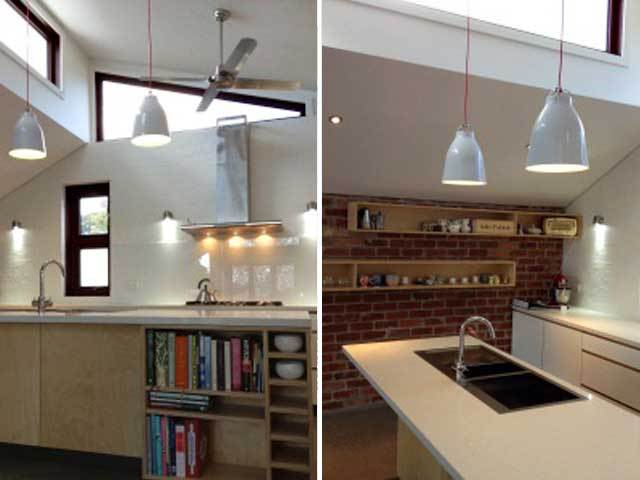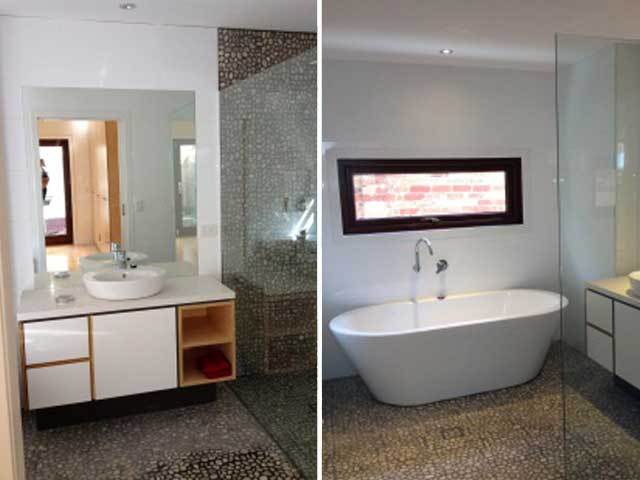Green architecture – Junction House, Melbourne
 Situated in west Melbourne, the Junction House project required town planning due to the small lot size and its narrow northern frontage site. To overcome these issues, the architects decided to raise both the living areas and the mass of the building up. Aside being cleverly built, the house features various sustainable solutions which make it 8.5 stars energy rated.
Situated in west Melbourne, the Junction House project required town planning due to the small lot size and its narrow northern frontage site. To overcome these issues, the architects decided to raise both the living areas and the mass of the building up. Aside being cleverly built, the house features various sustainable solutions which make it 8.5 stars energy rated.
Designed by its owners and Positive Footprints, the house was built to offer comfortable living while maintaining minimal environmental impact. It has been carefully planed to adjust to the neighborhood character, side setback constraints, and solar access challenge.
Raising the mass and living to the upper floor enabled great views of the cityscape from the front north balcony, and connected with warm and bright lounge, dinning and kitchen area. Light in the back rooms of the house is ensured with cleverly placed voids within the side setback which allow light to pass to ground floor.
Sustainable features include double-glazed low-E coated windows that let the winter sun in to warm the upstairs suspended concrete slab. The suspended eco-slab used on the upper floor, with reverse recycled brick veneer walls, acts as a thermal stabilizer which keeps the house warm during winter or cool in summer. The house also has eaves designed to let in the winter sun, and keep out the summer rays.
Junction House uses 66 percent less energy to heat and cool than a 6 star house (the current standard for a new house in Australia). Aside being highly insulated, it features tight building fabric. The house relies on radiant hydronic heating with instantaneous gas boost and thermal mass provided by polished suspended concrete upper floor.
When it comes to cooling in the hot Australian climate, the house relies on sea breeze, reversible ceiling fans and thermal mass. Double glazed low-E coated casement windows bifolds as well as stairwell door are used to control thermal flow throughout the house.
Junction House requires 10 percent of the energy of average existing houses in Australia. Aside previously mentioned passive solutions, energy savings are achieved with LED and compact fluorescent lighting throughout, as well as green switches used to turn off standby loads before going to sleep or leaving the house contribute to these savings. Two kilowatt Photovoltaic system should make the house almost carbon neutral in operation.
Rainwater is collected from entire roof via a charged filtered system and stored into two 5000-liter (1320-gallon) rainwater tanks to run laundry, flush toilets, and water garden. Rain supplies 70 percent of the building’s water requirements. Redwater thermal transfer valves direct ‘cold’ hot water usually wasted to the water tank. Lower water consumption is also ensured with usage of low-flow fixtures and dual-flush toilets. All summed up, Junction House water consumption is only a third of normal house use.
Aside recycled materials previously found on site, the house features recycled or salvaged materials such as use of Ecoblend concrete (60% cement replacement) with recycled aggregate and steel, FSC European Redwood timber windows and door frames, Plantation or Salvaged timber used throughout, bamboo staircase and recycled brickwork which was used to bring mass to upper floor.
Living health is increased with use of low maintenance cladding materials. Indoor air quality is increased with usage of Zero VOC (Volatile Organic Compounds) paint throughout, E0 (minimal formaldehyde offgassing) cabinetry and trims throughout, and asthma foundation recommendations for a healthy house.











author
The architect was contacted for higher quality images, so bear with the quality until we are provided with them.
Wow! Very elegant and modern. I’d love to have a home like this in the nearer future. fingers crossed
Misses a bit of warmer tones to add relaxing mood to the areas.